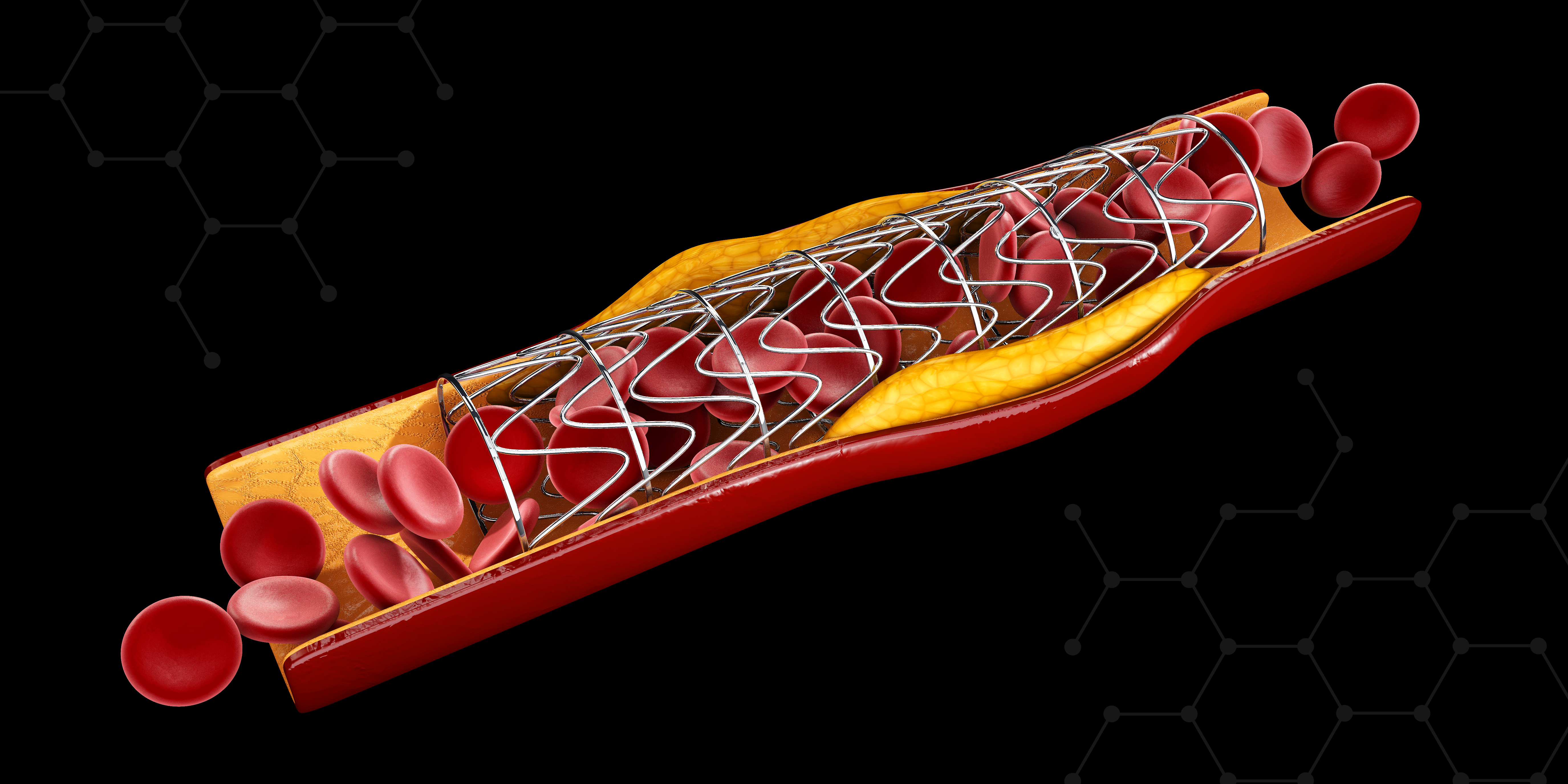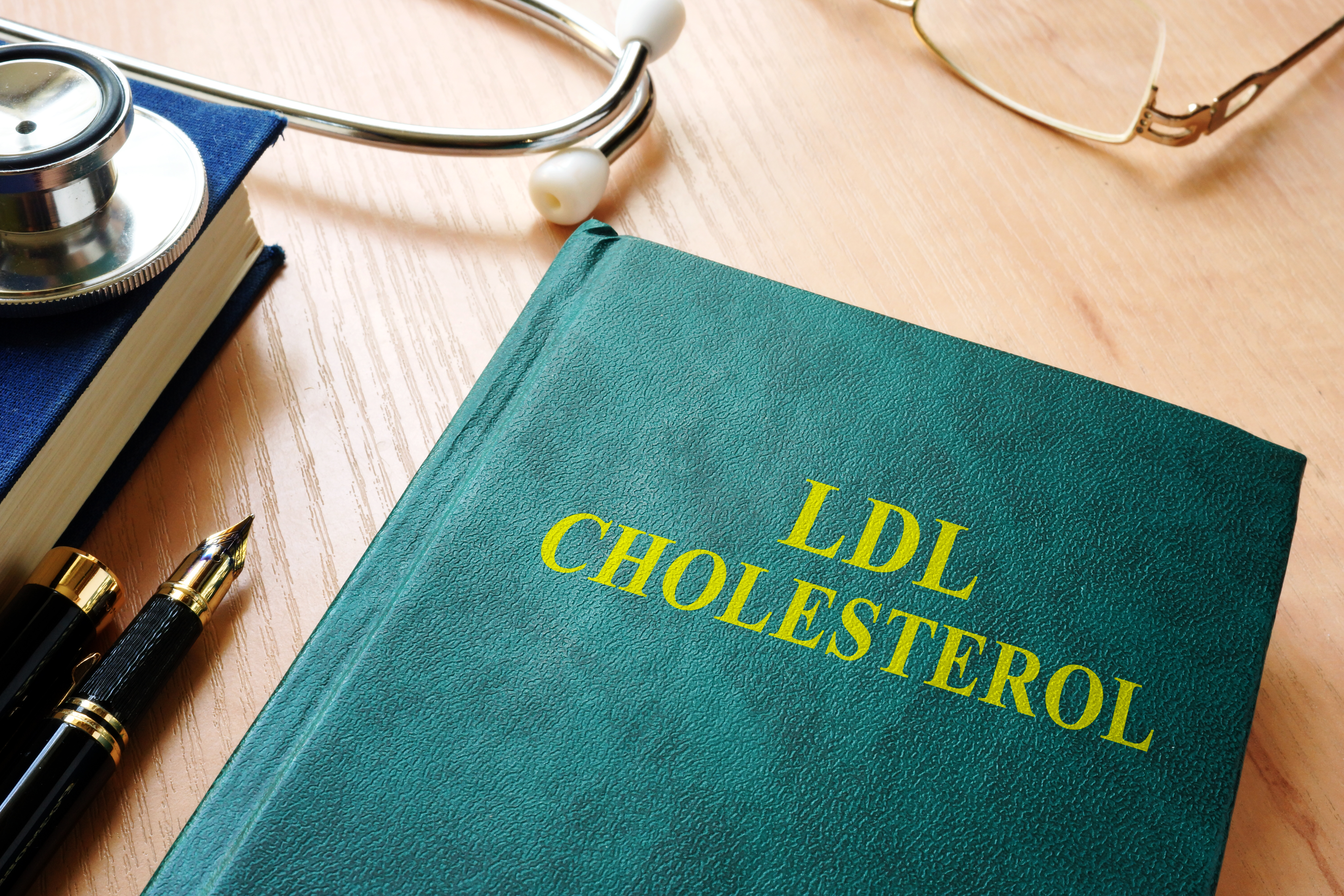A post-hoc analysis of the Drug-Eluting Stents Versus Bare-Metal Stents in Saphenous Vein Graft Angioplasty (DIVA) trial was recently published in Circulation: Cardiovascular Interventions. The study led by Dr. Faisal Latif showed that in patients undergoing percutaneous coronary intervention (PCI) of a de novo saphenous vein graft lesion, there was no difference in target vessel failure at 12 months between the stent-only and balloon-stent group. However, stent thrombosis and target vessel myocardial infarction (MI) rates were lower in the stent-only group over a longer duration of follow up.
Around 6% of PCI procedures in the United States are done on saphenous vein grafts (SVG). While pre and post-dilation of the target vessel are typically done during a PCI procedure, previous retrospective studies have shown that direct stenting (without dilation) is associated with a lower incidence of peri-procedural MI or the need for repeat revascularization with regards to SVG grafts. The investigators aimed to compare outcomes in those who were either stented or underwent both ballooning and stenting using data from the DIVA trial. The DIVA trial was a randomized trial that randomized patients undergoing SVG PCI to either bare metal or drug-eluting stents.
In this post-hoc analysis, the study population was divided into those who were stented alone and those who were stented and received ballooning either before or after PCI. The primary outcome for this study was the incidence of target vessel failure (TVF) by 12 months. TVF was defined as a composite of cardiovascular death, target vessel myocardial infarction or target vessel revascularization. Secondary outcomes included the individual components of the primary outcome as well as all-cause death and MI during follow up.
Of the 575 patients included in the study, 185 underwent stenting alone and 390 underwent a combination of ballooning and stenting. There were no significant differences between the two groups. The mean age was 68, 99% were male, 60% had diabetes, 24.5% smoked, and more than 96% had hyperlipidemia. The most common reason for PCI was an ST-elevation myocardial infarction. This was followed by unstable angina, non-ST elevation myocardial infarction, and other causes. The primary outcome occurred in 15% of the stent only group and 19% in the balloon-stent group (HR 1.34, 95% CI 0.86-2.08, p = 0.19). Additionally, over a 2.7 year follow up, the balloon-stent group had higher rates of target vessel myocardial infarction (3% vs 7%, p = 0.02) and definite or probable stent thrombosis (2% vs 7%, p <0.01). Finally, a multivariable analysis over the entire follow up period showed that target vessel failure was more likely in patients who had a higher number of years since their initial coronary artery bypass graft procedure (p = 0.04) and those who had more than 1 target lesion (p <0.01). The same analysis revealed that having a baseline Thrombolysis in Myocardial Infarction (TIMI) flow score of 3 was protective (p <0.01).
The main finding of this study was that the combined use of ballooning and stenting was associated with a higher risk of stent thrombosis and target vessel MI as compared to stenting alone. One potential explanation offered by the others is that this may be due to the nature of the SVG lesions. SVG body lesions are more commonly softer and more friable and will likely require less preparation with ballooning prior to stenting. Additionally, ballooning may cause more extensive wall injury potentially triggering atherosclerosis and forming a nidus for future thrombosis events. However, this study does have its limitations. The observational nature of this study does not exclude any potential for confounding. Additionally, almost all patients in the study were men and may limit the application of these findings to women. Ultimately, the findings of this study do seem to favor stenting without ballooning.




